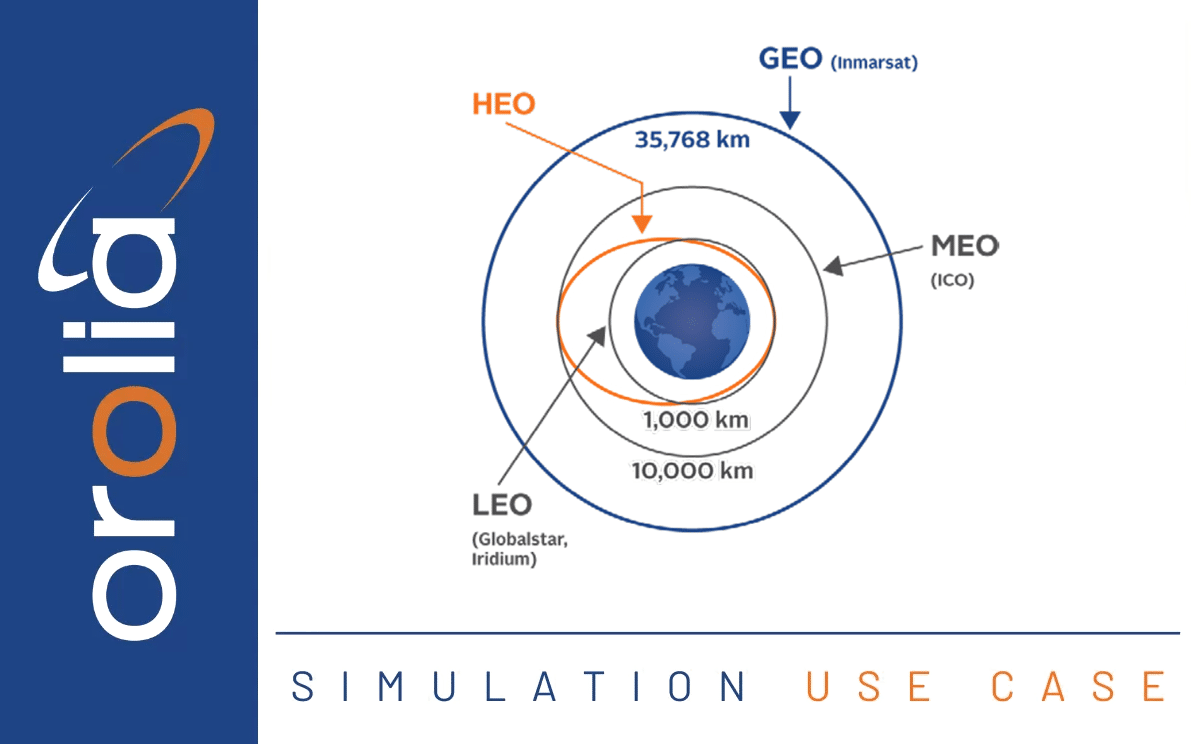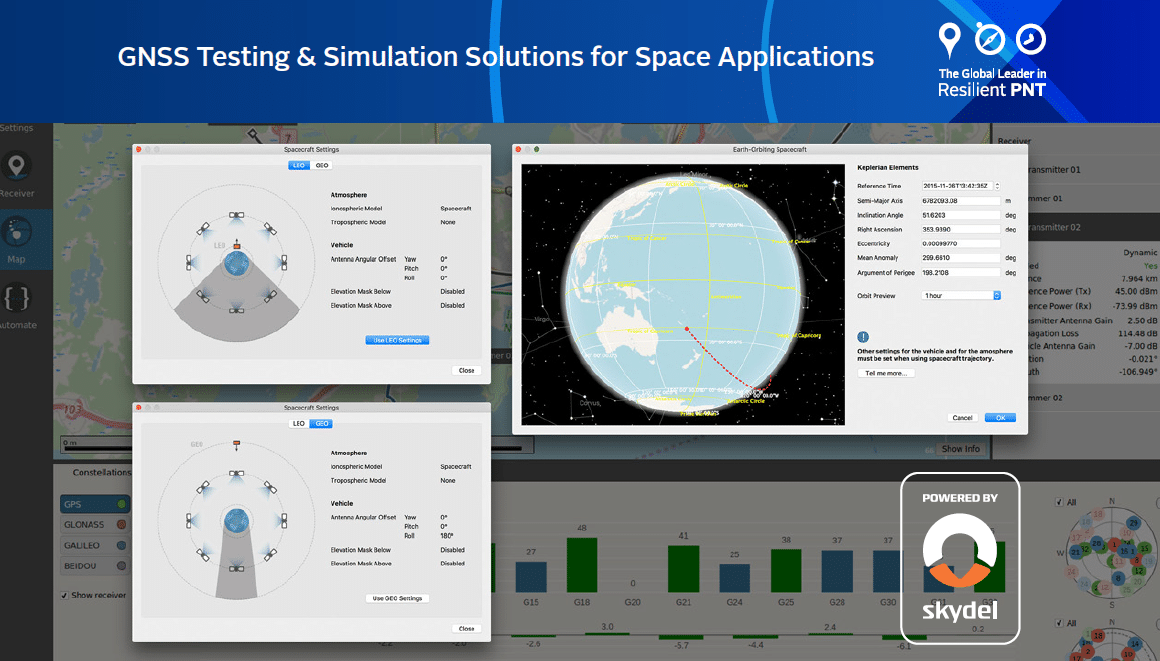
# Use Cases
GNSS Simulation for Space Launch Applications
Problem We Solve
Launching space vehicles into orbit such as shuttles or satellites is complex, expensive and hazardous. Yet with an increasing trend of satellite launches as well as commercially-backed space travel on the rise, testing is more critical than ever. Governmental space agencies, private spaceflight companies, and satellite manufacturers need reliable ways to simulate space vehicles and emulate all possible real-world conditions.
Why it is Important
Space vehicles are highly dependent on GNSS signals during their launch and also when traveling in orbit. Because they are so reliant on these signals, they become extremely vulnerable if something goes wrong – such as if they were to lose a connection with those signals or experience interference from jamming or spoofing. Therefore, there is a critical need to simulate how a GPS/GNSS receiver on board a space vehicle will react in order to identify vulnerabilities and ensure proper functionality during a real-world mission.
A GPS/GNSS simulator makes it possible to simulate the actual GPS signal that will be received by the space vehicle’s navigation instruments. It enables the simulation of real-world interferences like jamming and spoofing, interactions with Earth’s upper atmosphere, and adaptation to space environments when some satellites cannot be seen via line of sight.
How We Solve it
Space Vehicle Orbital Trajectory Editor
- Skydel allows you to enter Keplerian data for vehicle trajectory.
- You can also upload pre-recorded data and modify as you wish to add “what-ifs” to your testing.
- Skydel supports ECI/ECEF trajectory importation for complex route calculations.
Spacecraft Atmospheric Condition Simulation
- Get access to a dedicated spacecraft ionospheric model.
- Simulate additional atmospheric effects to see how a flight path is affected when passing through different layers of the atmosphere.
High Dynamic Trajectories
- Skydel possesses a 1 kHZ refresh rate, which translates into real-time processing.
- Achieve perfect accuracy under any doppler conditions.
GNSS Constellations
- Simulate all satellites in view, including those seen from their back side.
- Change the power levels of individual SVIDs or all in-view simultaneously.
GNSS Satellite Antenna Model
- Enables realistic side and back radiation powers.
- Enables realistic effects when above the GNSS orbits (e.g. GEO).
- Independent trajectories and antenna patterns per each GNSS vehicle.
- Skydel supports past, present and future generations of satellites.
Powered by the industry-leading Skydel simulation engine, Safran provides a full range of testing and simulation solutions dedicated to space related development or integration projects that require sophisticated simulation capabilities. When evaluating a simulator, it is important to understand its ability to accurately simulate the environment your equipment will be operating in.
Why Choose Us?
- Skydel is designed for the high iteration rate required to run real-time simulations of fast moving applications.
- Deterministic latency is minimal and accounted for with precise timestamps, meaning no jitter in your simulation.
- Our Real-Time Perfomance Measurement Tools enable you to interpret data, adjust scenarios, and reduce inefficiencies on-the-fly.
- Because Skydel is powered by COTS hardware (GPUs and SDRs), it’s easy to scale a solution to your exact needs, adding no more or less than necessary.
- Our automation features make repeating and iterating your tests easy, giving you more time to test, and more confidence in your live application.
- Our client-side API supporting multiple languages enables customization to your needs.
- Our community of experts, best-in-class documentation, and outstanding support team will be there every step of the way to support you with any questions or issues you run into. We won’t allow you to fail!
- We’re the space application testing and simulation solution for critical applications around the world.
Discuss Your Solution



